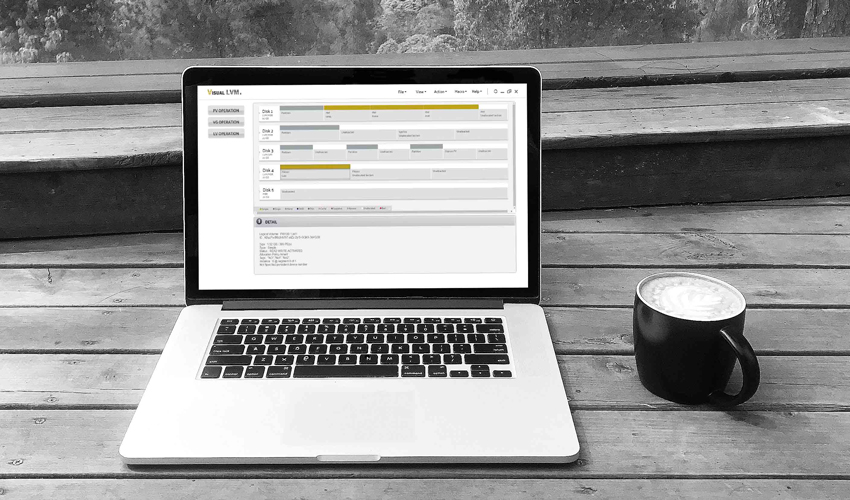
Maintenance of the storage system is a daily job for system administrators. Linux provides users with a wealth of storage capabilities, and powerful built-in maintenance tools. However, these tools are hardly friendly to system administrators while generally considerable effort is required for mastery.
As a Linux built-in storage model, LVM provides users with plenty flexible management modes to fit various needs. For users who can fully utilize its functions, LVM could meet almost all needs. But the premise is thorough understanding of the LVM model, dozens of commands as well as accompanying parameters.
The graphical interface would dramatically simplify both learning curve and operation with LVM, in a similar approach as partition tools that are widely used on Windows/Linux platforms. Although scripts with commands are suitable for daily, automatic tasks, the script could not handle all functions in LVM. For instance, manual calculation and processing are still required by many tasks.
Significant effort had been spent on this problem. Nowadays, several graphical LVM management tools are already available on the Internet, some of them are built-in with Linux distributions and others are developed by third parties. But there remains a critical problem: desire for remote machines or headless servers are completely ignored.
This is now solved by Visual LVM Remote. Front end of this tool is developed based on the HTTP protocol. With any smart device that can connect to the storage server, Users can perform management operations.
Visual LVM is developed by weLees Corporation and supports all Linux distributions. In addition to working with remote/headless servers, it also supports more advanced features of LVM compared with various on-shelf graphic LVM management tools.
Dependences of Visual LVM Remote
Visual LVM Remote can work on any Linux distribution that including two components below:
-
LVM2
-
Libstdc++.so
UI of Visual LVM Remote
With a concise UI, partitions/physical volumes/logical volumes are displayed by disk layout. With a glance, disk/volume group information can be obtained immediately. In addition, detailed relevant information of the object will be displayed in the information bar below with the mouse hover on the concerned object.
